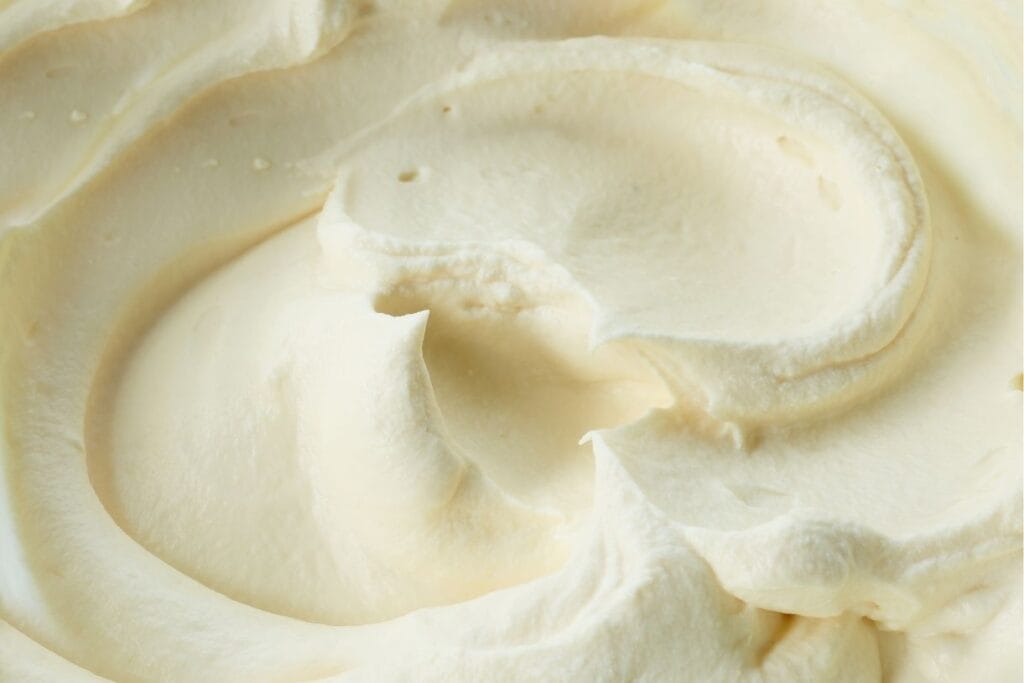Bakery Ingredient Costs
Why Are Bakery Ingredients Becoming More Expensive?
From small local bakers to global manufacturers, the bakery industry continues to face rising Bakery Ingredient costs for essential ingredients. Prices for cereals, dairy, energy, and packaging show no sign of stabilizing, forcing bakers to rethink their recipes and operations. Many businesses are lowering the percentage of costly ingredients in favor of more affordable and readily available alternatives. This approach, according to Robert Gladstone, managing director at Silvery Tweed Cereals, helps bakers maintain product quality while managing their budgets.
Political instability and global supply chain disruptions are primary contributors to these cost increases. The ongoing war in Ukraine has created significant turbulence, particularly for essential crops like maize and wheat.
How Has the War in Ukraine Impacted Maize and Wheat Supplies?
Russia and Ukraine are key suppliers of maize and wheat, and the conflict has severely disrupted the supply of these crops. Robert Lambert, marketing manager at Ulrick & Short, explains that the shock to these markets has had a ripple effect, influencing prices across agriculture. Wheat and maize are also foundational in animal feed, which impacts other sectors of food production.
As the outlook for milling wheat remains uncertain, trade bodies like UK Flour Millers continue to analyze the implications for the bakery industry. However, bakers must prepare for ongoing challenges related to these staple ingredients.


What’s Driving the Egg Shortage?
Eggs have been a particularly challenging area due to avian flu outbreaks, which led to the culling of 43 million hens last year. This created supply shortages and skyrocketing prices, with recovery still out of reach. The British Egg Industry Council (BEIC) has also noted a 2,000% increase in egg imports, further straining local producers.
In response, some bakers have turned to alternatives such as aquafaba, a plant-based substitute. PMF, a supplier specializing in pastry materials for wholesalers, distributors, and food businesses, also provides innovative solutions for reducing reliance on traditional eggs.


Why Are Vine Fruit Prices So Volatile?
The price of raisins, sultanas, and currants has surged, partly due to poor weather conditions in Turkey. Heavy rains followed by extreme heat damaged crops and caused fungal diseases, resulting in yield losses of up to 50% for some farmers, as noted by BFP purchasing manager Becky Webster.
As demand grows and prices rise, bakers face a choice: stick with higher-priced Turkish and Greek fruits or switch to more affordable, lighter-colored options from China, Iran, and South Africa. Additionally, suppliers like I.T.S are offering natural fruit puree flavors as a cost-effective alternative.


How Have Chocolate and Sugar Costs Been Affected?
Chocolate prices have reached a 30-year high, driven by unfavorable weather conditions affecting cacao production. David Cratchley, purchasing and NPD manager at Henley Bridge, notes that bakers are seeking cheaper chocolate alternatives or substituting real chocolate with cocoa powder. Henley Bridge now offers chocolate drops made in Spain that are 15-20% less expensive than leading Belgian brands.
Sugar prices, too, have surged to an 11-year high due to reduced production in Brazil, India, and other major producers. Maple syrup has emerged as a potential sugar substitute, offering bakers cost-saving benefits by reducing the amount of sugar and other liquid ingredients required.


Are There Any Positive Trends in Ingredient Costs?
There is some good news. Butter prices have recently dropped, according to the Agriculture and Horticulture Development Board (AHDB). Grace Randall, AHDB’s retail insight manager, attributes this to falling milk prices and wholesale costs. However, butter prices remain above 2022 levels and may not stay stable for long. Many bakers are now reformulating recipes to use less butter or plant-based alternatives that replicate the creamy texture and flavor of traditional dairy products.
What Role Do Functional Alternatives Play in Cost Management?
Functional alternatives are becoming essential for bakers navigating fluctuating costs. For example, Ulrick & Short supports its clients by offering alternative ingredients that can replace the functionality of eggs or dairy without compromising product quality. Similarly, PMF specializes in providing high-quality pastry materials and innovative solutions to help businesses adapt to these challenges.
Plant-based flavors are also gaining popularity, as they allow manufacturers to maintain indulgent tastes while reducing reliance on costly dairy or egg ingredients. Businesses like Jnck Bakery are leading the way with innovative products that contain less fat and sugar while maintaining taste and texture.


What Can Bakers Expect in the Future?
The bakery industry must remain adaptable to navigate ongoing price fluctuations. While some markets are stabilizing, minor disruptions could trigger significant changes. As Robert Gladstone of Silvery Tweed Cereals points out, political and market volatility will continue to influence ingredient availability and costs.
Despite these challenges, there is optimism within the industry. Clarkson from Dawn Foods highlights that consumers still value sweet bakery products as a source of comfort and indulgence. This enduring demand underscores the importance of resilience and innovation in the bakery sector.
Why Choose PMF for Your Bakery Needs?
At PMF, we specialize in providing premium pastry materials for wholesalers, food distributors, and food businesses. Our extensive range of products and commitment to innovation make us a trusted partner for bakeries navigating these turbulent times. Whether you’re looking for cost-effective ingredient solutions or high-quality materials, PMF is here to support your business every step of the way.
Click here to learn more about our products



